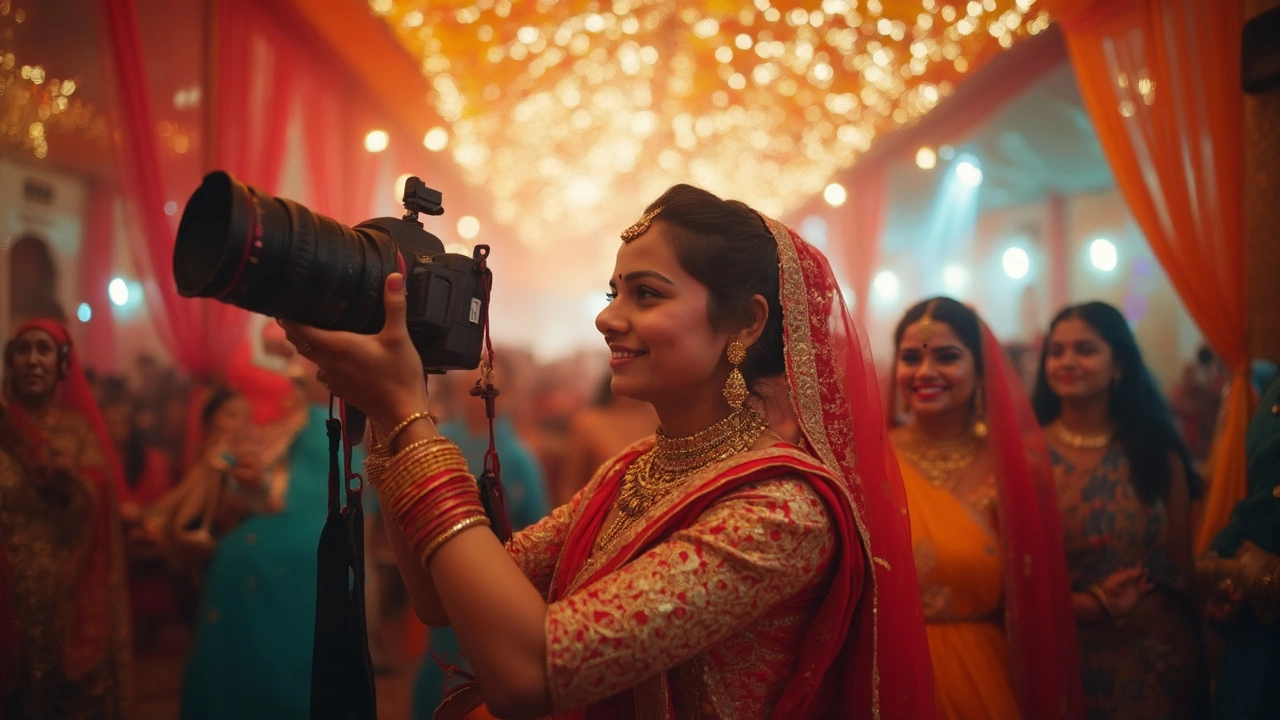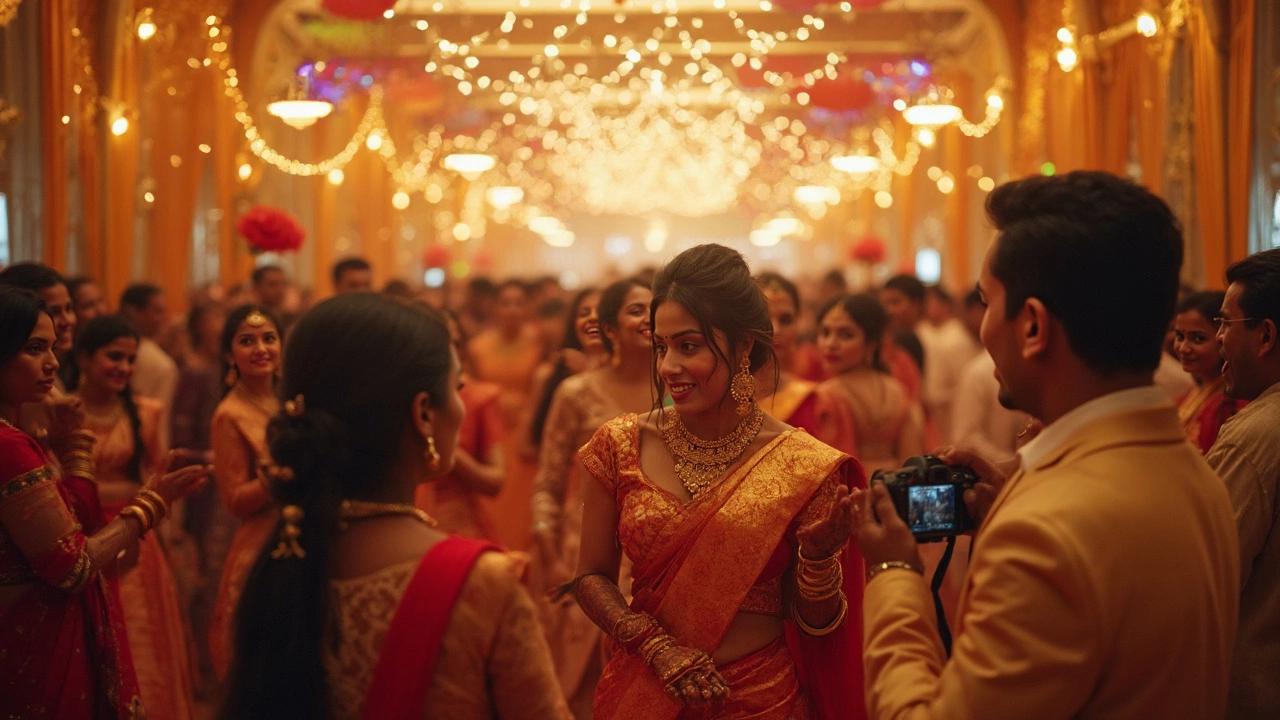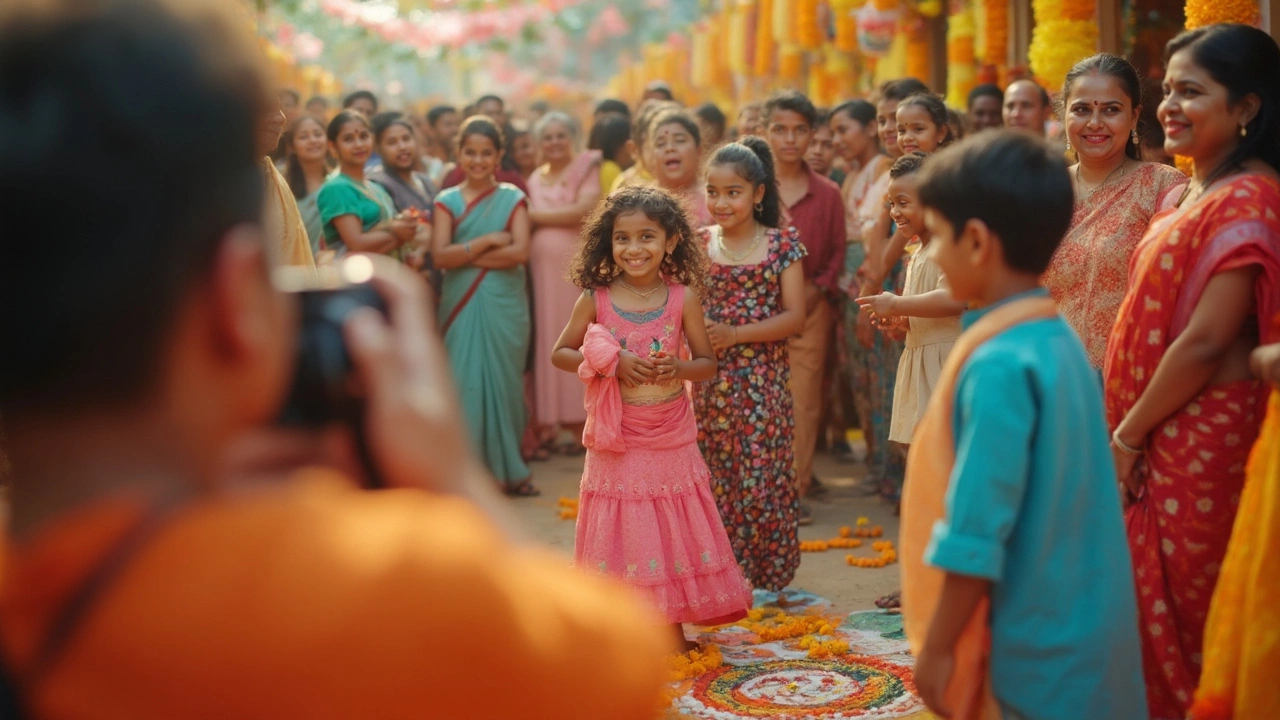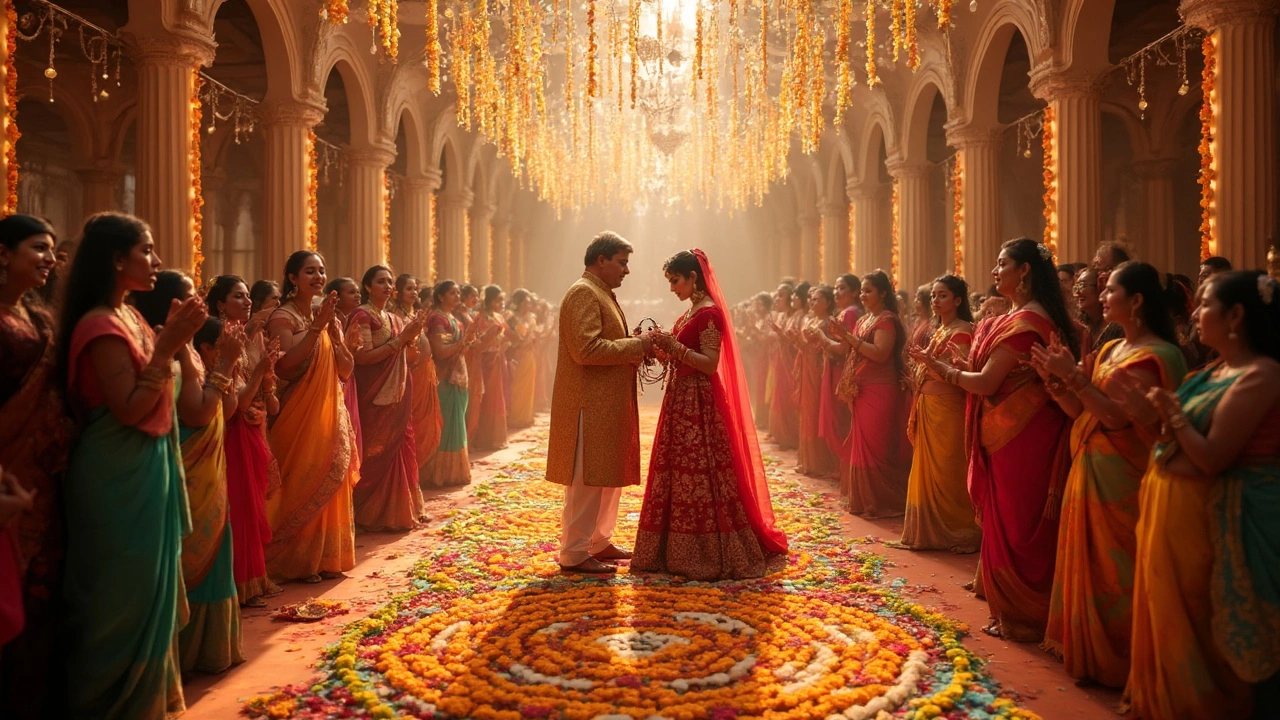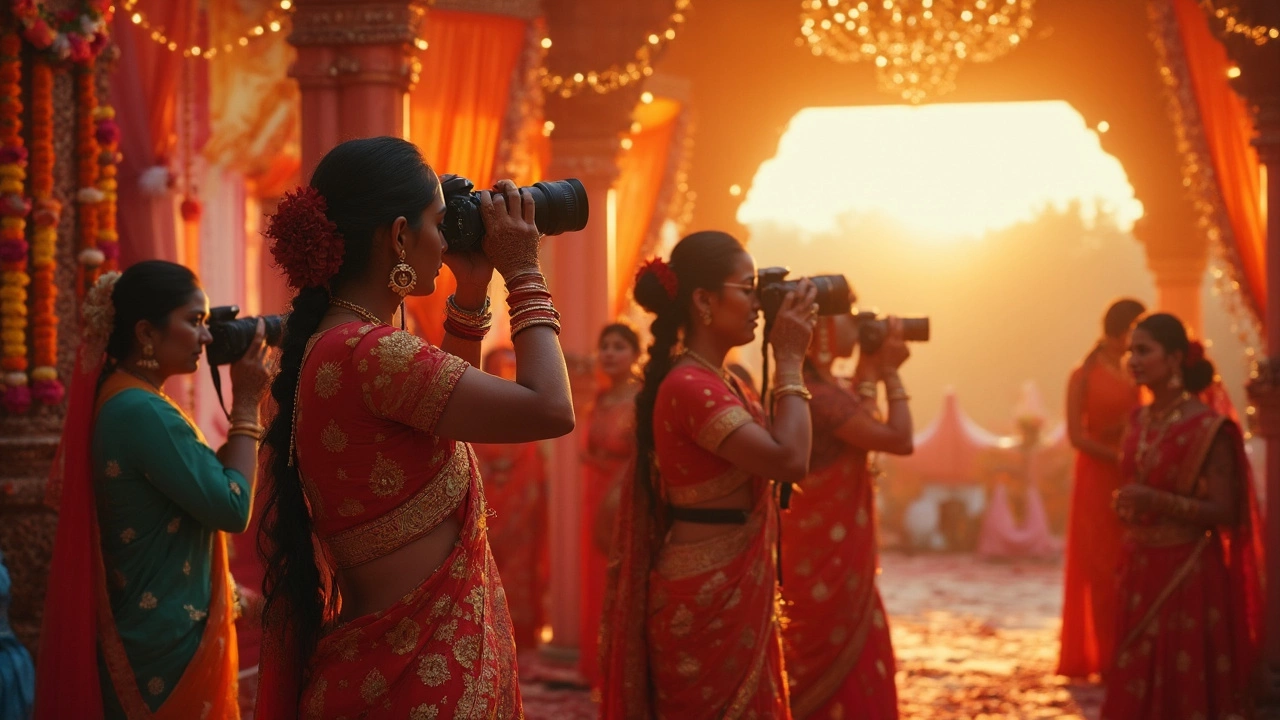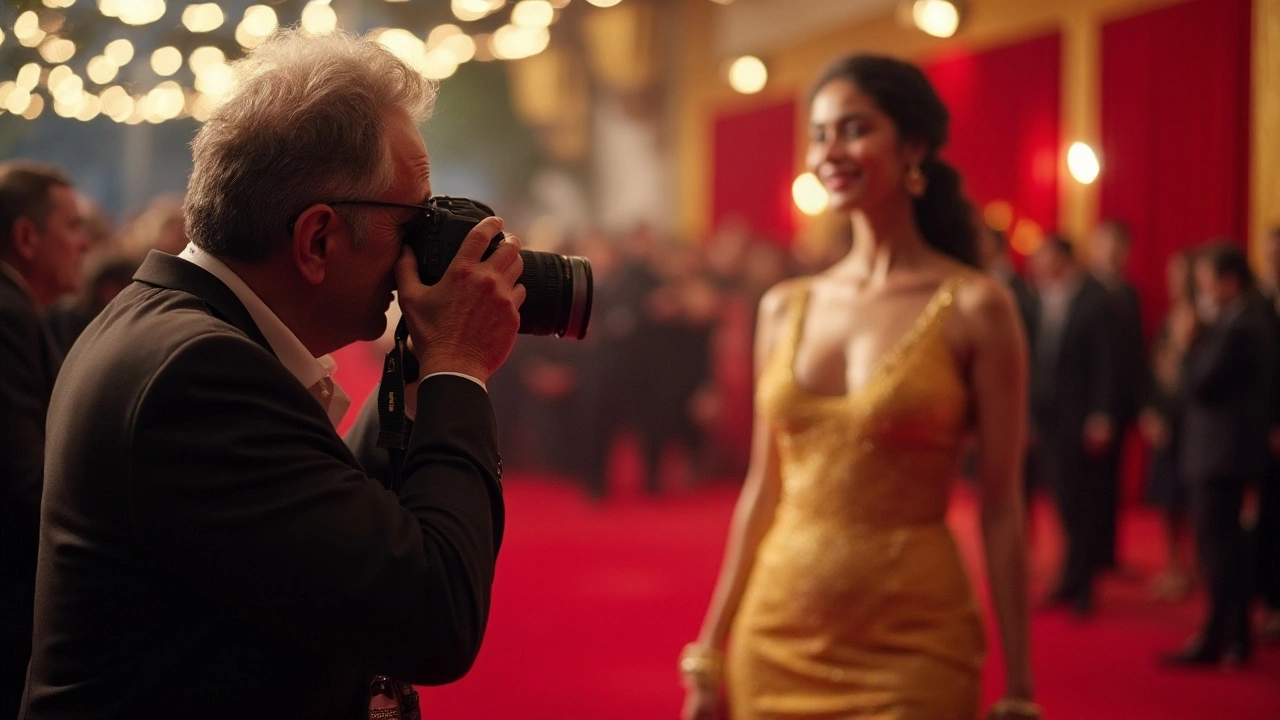Event Photography in India – What You Need to Know
Ever wondered how much you really get when you hire an event photographer in India? You’re not alone. From weddings to corporate functions, a good photographer can turn a few hours into a lifetime of memories. But there’s a lot of noise out there – price tags, photo counts, profit myths. Let’s cut through the fluff and give you straight‑forward answers you can use right now.
How Many Photos Do You Really Get?
Most clients expect a big number of pictures, but quality beats quantity every time. For a typical 3‑hour Indian event, photographers usually deliver between 300 and 500 edited shots. A 2‑hour session drops that range to about 200‑350. The exact count depends on the event type, lighting, and how many key moments you want captured. Talk to your photographer early: ask for a sample gallery and set clear expectations. That way you avoid surprises and get exactly the shots that matter.
Understanding the Real Cost of Hiring a Photographer
Cost is the biggest question on everyone’s mind. In India, an experienced event photographer charges anywhere from ₹8,000 to ₹30,000 per day, depending on reputation, gear, and location. Weddings, especially middle‑class ones, often fall in the ₹15,000‑₹25,000 range because they need multiple shooters and post‑processing. Don’t forget extra fees for travel, assistant staff, and premium prints. A good rule of thumb is to compare what’s included – hours of coverage, editing, and delivery format – rather than just the headline price.
Profitability is another hot topic. If you’re considering a career in event photography, know that earnings vary widely. A solo photographer can make ₹50,000‑₹1 lakh per month on a steady flow of events, but that assumes good marketing and reliable clients. Many photographers supplement income with portrait sessions, corporate headshots, or selling prints. The key is to build a niche – such as celebrity events or destination weddings – where you can charge higher rates.
One practical tip for clients: create a shot list before the event. List the must‑have moments – the first look, the cake cutting, the award ceremony – and share it with your photographer. This helps them prioritize and reduces the chance of missing important shots. For photographers, a clear shot list lets you plan gear, lighting, and staffing ahead of time, which can keep the day running smoothly and the final bill transparent.
Finally, remember that the best photographer isn’t always the cheapest. Look for portfolios that match your style, read reviews from other Indian couples or corporate heads, and ask about turnaround time. A photographer who delivers polished images within a week adds far more value than someone who takes a month to edit.
Whether you’re planning a grand Indian wedding or a small business seminar, these basics will help you choose the right photographer, set realistic expectations, and keep the budget in check. Got more questions? Just ask – the right info makes every event picture worth it.
